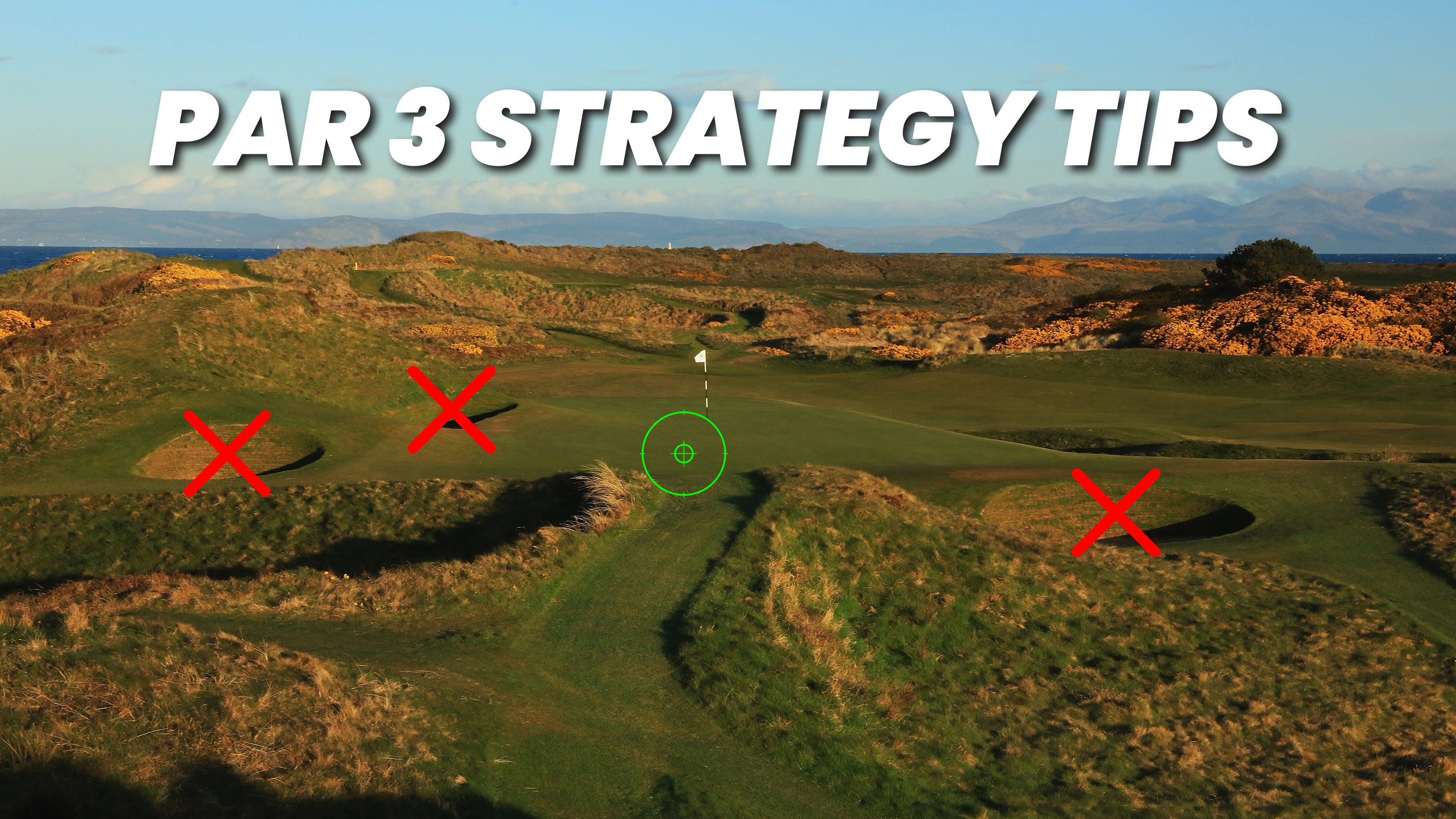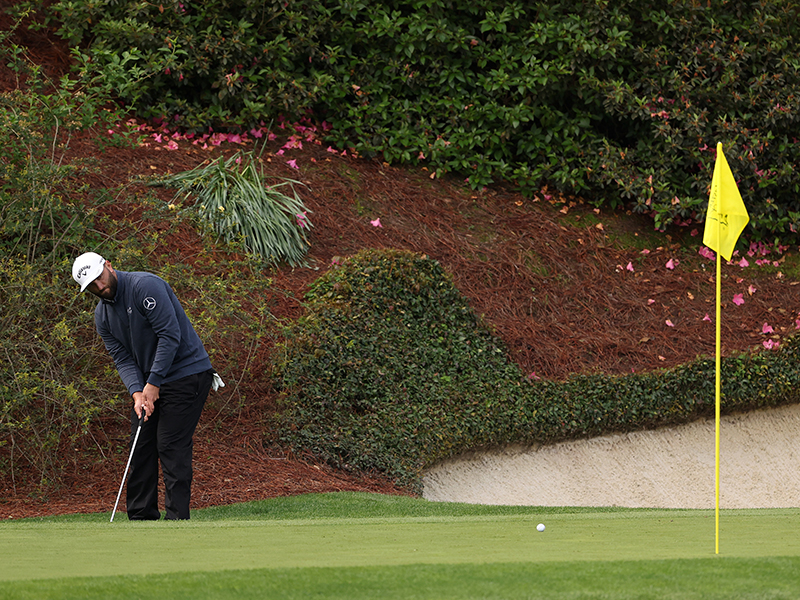How To Play Par-3s... Strategy Tips To Lower Your Scores
Golf Monthly Top 50 Coach Paul Foston shares his top tips for how to improve your par-3 scoring


Your performance on the par-3s can make or break a round, so it's crucial to give them the respect that they deserve. In the article below, Golf Monthly Top 50 Coach and PGA Pro Paul Foston discusses some common faults and provides quick fixes that will help lower your scores...
Bonus Video: Eddie Pepperell Par-3 Masterclass
How do you master par-3s?
The first thing you need to be clear on is the distance you can hit each club. A common issue with par-3s is that players tend to place to much emphasis on the yardage of the hole, and neglect other factors that will influence the shot.
It helps to know how to calculate distance in the wind, for example, as well as how to play the low punch shot if you've got a strong breeze into your face. If you don't, you'll struggle to get the ball pin high consistently and likely find your 'misses' make it hard to get up-and-down and save par.

Let me give you an example. Take a hole that measures 136 yards to the pin, but there’s a deep bunker guarding the front of the green and a slope on the left that leads into a stream.
Firing at this flag is a risk you don’t need to take unless you’re feeling extremely confident or are up against it in a match. In most instances, I would club up, aim for the middle-right section of the green and be happy with a 25-footer. It's obviously easier said than done but even if you tend to pull iron shots, the margin for error you've given yourself means you've still got a chance of finding the putting surface.

In contrast, if there's a pin right at the back of a par-3 green and long is the worst place to miss it, take a club you can hit with absolute confidence knowing it has no chance of going too far. For example, if it's playing 170 yards to the back edge, I might hit my 7-iron, which goes 165 yards at most. This will allow me to fully commit to the shot at hand.
You should be clear on the worst possible place you could hit it, and plan accordingly from there. Avoiding danger is the number one priority.
Get the Golf Monthly Newsletter
Subscribe to the Golf Monthly newsletter to stay up to date with all the latest tour news, equipment news, reviews, head-to-heads and buyer’s guides from our team of experienced experts.

One final point – don’t tee the ball up too high. I notice a lot of amateur players doing this, but it will only cause you to strike the ball too high on the clubface and result in a loss of distance. Teeing it down will encourage you to compress your iron shots for crisper and more consistent strikes.
Paul's Par-3 Strategy Checklist
1) Understand how far you can hit each club in your bag
2) Don't take any unnecessary risks
3) Find the middle of the green on tough par-3s
4) Hit a shorter club to back pin positions
5) Make a plan to avoid the danger before hitting your shot

Location: Paul Foston Golf Academy
Paul has worked with a number of Tour professionals over the years, and is proud to have successfully coached over 40,000 students. In 2005, he set out to design his own academy with a ‘world class’ coaching infrastructure of technical advancement and a tailor made short game layout to practice every real life challenge experienced on course.
Greatest success story:
Fulfilling the dreams of five international players - Paul Way, Mark Roe, Craig Parry, Jamie Spence and Peter Mitchell, taking them to European Tour victories and one to Ryder Cup success.
Teaching philosophy:
Golf is one of the most challenging sports to accomplish. To play well consistently requires you to invest time in lessons, practice and play in equal measure; this will give a solid foundation and enable you to develop skills across the whole spectrum of the game. Identifying an individual’s learning style is key to coaching and effective communication. My imaginative mind and use of analogy is a creative, easily understandable method to convey instruction and simplify technique.
Significant teaching influences:
I have amassed a great body of knowledge by researching the world’s best players and their unique ability to play golf at the highest level. I have also kept pace with technology and golf equipment advancements. These findings have given me a deep understanding of swing dynamics and techniques which have been incorporated into my classic coaching style.
-
 Why The 16th Pin Has Been Moved From Its Traditional Spot For The Masters Final Round
Why The 16th Pin Has Been Moved From Its Traditional Spot For The Masters Final RoundThe 16th pin at Augusta National is in an different position that normal for the final round of The Masters, but why is that?
By Mike Hall Published
-
 Seve Ballesteros And Brooks Koepka Among The Big Names That Rory McIlroy Would Join As A Five-Time Major Winner With A Masters Victory
Seve Ballesteros And Brooks Koepka Among The Big Names That Rory McIlroy Would Join As A Five-Time Major Winner With A Masters VictoryRory McIlroy leads The Masters going in to the final round and, if he were to win, he would join an illustrious list of five-time Major winners
By Matt Cradock Published